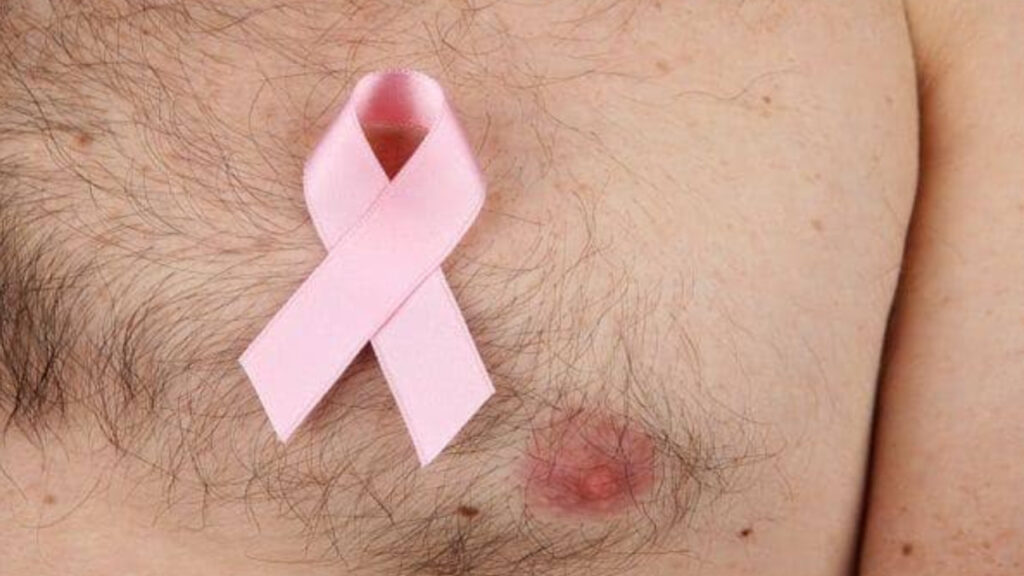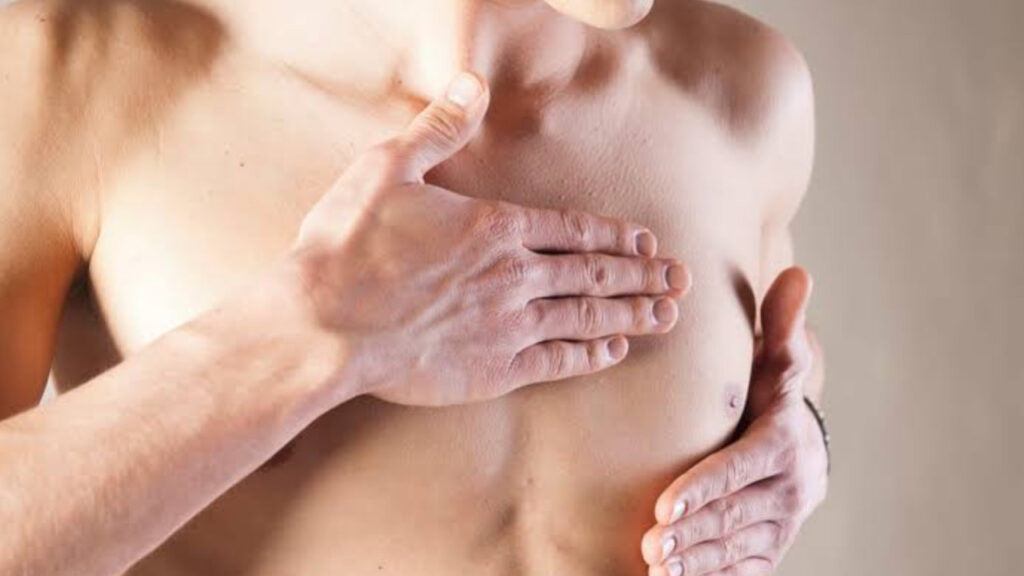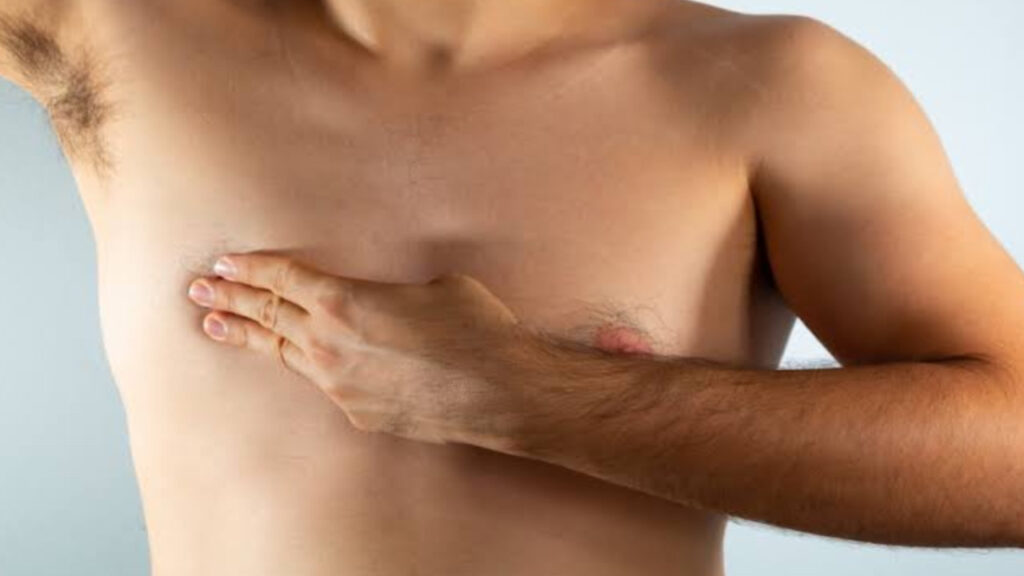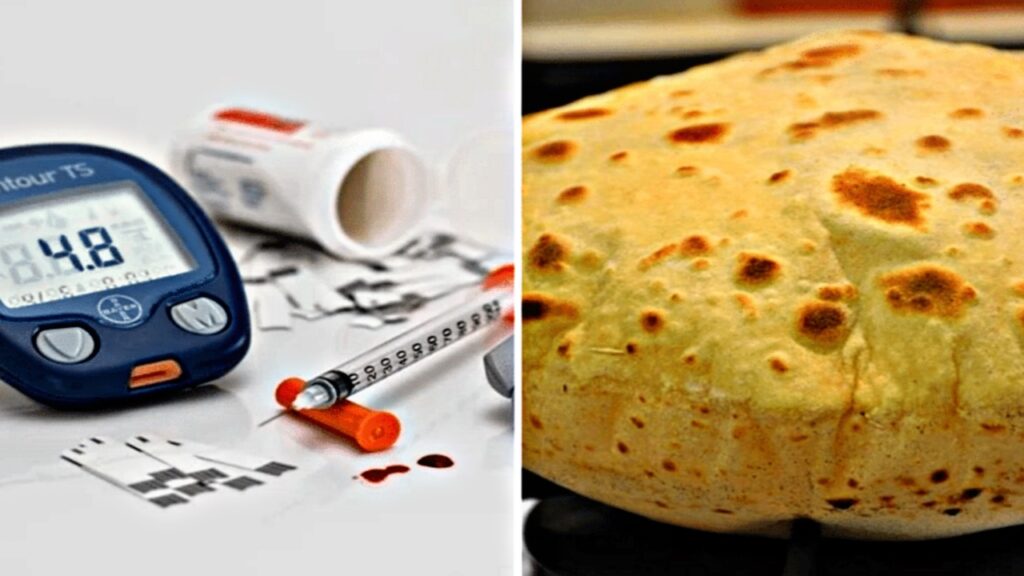Breast Cancer
When we hear the term “Breast Cancer,” most people immediately think of women. However, breast cancer is not limited to females alone. Men also have breast tissue, and although the condition is rare, it is entirely possible for males to develop breast cancer.
Can Males Really Get Breast Cancer?
Yes, males can develop breast cancer. It is far less common than in women, but the risk is real. According to global health statistics, male breast cancer accounts for less than 1% of all breast cancer cases. While this percentage may seem insignificant, it often leads to late diagnosis because most men are unaware of the possibility.

Breast cancer in men typically develops in the small amount of breast tissue located behind the nipples. Just like in women, this tissue can undergo cancerous changes due to mutations or hormonal imbalances.
Common Causes and Risk Factors
There are several reasons why men may develop breast cancer. Understanding the causes can help in early detection and prevention.
- Hormonal Imbalance
One of the main factors is an imbalance in estrogen and testosterone. Men naturally produce a small amount of estrogen, but when levels rise due to obesity, liver disease, or certain medications, it can increase the risk of breast tissue growth and cancer. - Age
The risk increases with age. Most male breast cancer cases are diagnosed in men between 60 and 70 years old. - Genetics and Family History
Inherited genetic mutations, especially in the BRCA1 and BRCA2 genes, significantly raise the risk. If a close female relative has had breast or ovarian cancer, the chances for a male family member to develop breast cancer are also higher. - Radiation Exposure
Previous exposure to radiation therapy, especially to the chest area, can increase risk. - Klinefelter Syndrome
This rare genetic condition causes males to have an extra X chromosome, leading to higher estrogen levels and a higher risk of breast cancer. - Alcohol and Liver Disease
Excessive alcohol intake and chronic liver conditions can alter hormone levels, thereby raising the risk.

Early Detection is Crucial
Symptoms of male breast cancer may include a lump near the nipple, nipple discharge, changes in the skin or nipple, and pain. Early diagnosis significantly improves the chances of successful treatment, often involving surgery, radiation, or hormone therapy.

Final Thoughts
While breast cancer in men is rare, it should not be ignored. Awareness, early detection, and understanding the risk factors can save lives. Men should not hesitate to consult a doctor if they notice any unusual changes in their chest area.





